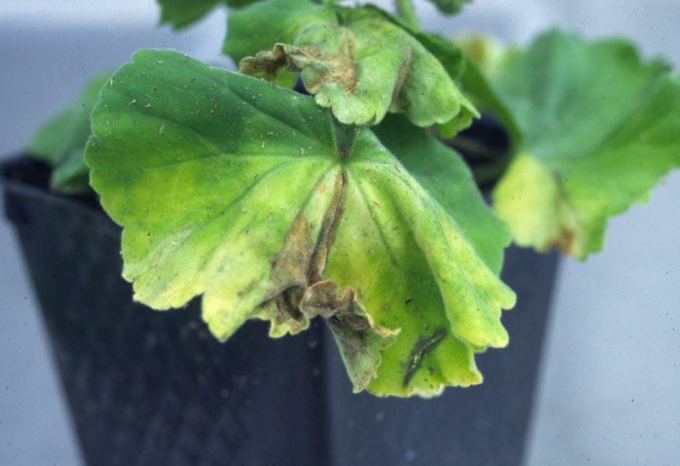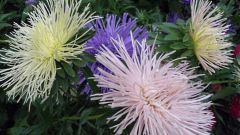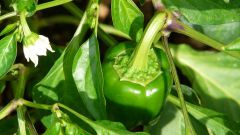It usually develops due to infection, improper care for your plants as well as in cases of adverse climatic conditions or unsuitable soils. Like people and plants of the disease is better to prevent than to treat. For example, in infectious chlorosis planting is likely to be completely destroyed, because the disease is caused by viruses, pests, fungi, micro-organisms, and is practically cured. Here need early treatment against pests.
Non-infectious chlorosis is most often caused by iron deficiency. Lime in the soil makes the iron is poorly assimilable for plant roots. This leads to violation of the formation in leaves of chlorophyll. The same thing happens when zinc and magnesium chlorosis of plants. In varying degrees these disadvantages of the leaves and shoot tips become yellow.
Iron sulfate at the rate of 1 kg 60 buckets of water helps to eliminate the lack of iron in the soil. For the treatment of calcareous chlorosis applied drug anticorosiv, representing a 10-12% solution of brown color. They are encouraged to heal fruit trees, flowering plants and ornamental shrubs, grapes. Antichlorine you can water the soil and spray the plants. The drug consumption rate of 100-200 g per 10 liters of water when spraying plants and 200 grams for the same amount of water in the soil. Under the trees younger than 10 years you need to shed 20-25 liters of solution, over 10 years – 30 litres, under the flowers to make 100 to 400 g of solution.
This is not to spray anticorosiv across the surface of the soil. It must be submitted via holes, grooves, wells and grooves, which should be placed evenly. Under the fruit trees they should not go beyond the projection of the crown.
Anticorosiv gives a fairly quick effect, and after two or three weeks the leaves are noticeably green. One-time use of the drug gives the effect of two – four years.


